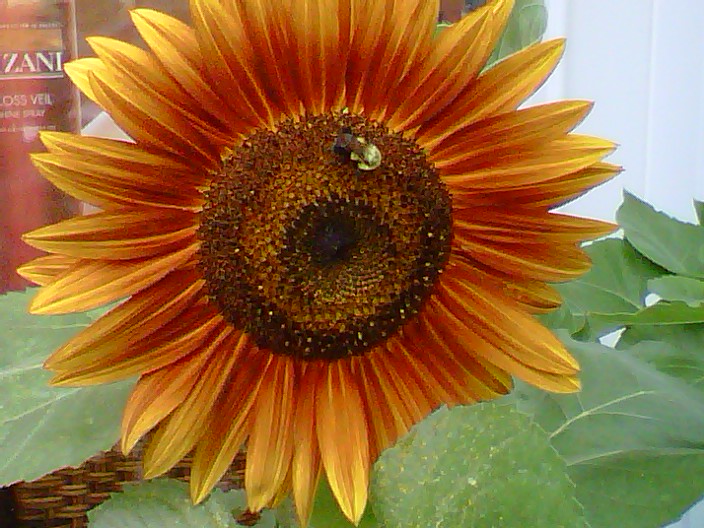Do you see the "H" bar on the thumb?
When using the interlocking method on locs versus palm roll/coiling, accidentally connecting adjacent locs is a common occurrence. Many times hair buckles as it grows out making it a "quick grab" as much as you try to avoid connecting locs. Also, some people's hair is so fine that you do NOT even see that you are catching hair from an adjacent loc. Obviously, for those who keep a WELL manicured head of locs, the less new growth means less connecting.
So for those who find they have connected two locs in an "H"- it is BEST to leave the "H" connector in place, but interlock the new growth of each loc individually. By the time you tighten both locs, no one will know that they are still connected. After a few times of doing this the "H" connector will have grow further up the loc strand. At this point, cutting the "H" connector is safe and recommended.
You ask why wait to cut? It depends on the hair type. Some resistant hair will bunch up at the roots if cut too soon. By waiting, you build a foundation where the hair connected to the "H" connector is already looped at the base allowing the loose end to wrap around the loc versus shrink back to the roots.
It also helps when the loc is large enough to support cutting "H" connectors without weakening any of the locs. Unfortunately, micro small locs that get "H" connectors can be dangerous because the base of the loc is not but so wide to begin with. You can start losing locs by weakening the base. Also, doubling the loc is going to cause styling limitations if too many locs are doubled up.
Sometime the "H" connection can be undone, but often times another eye that understands interlocking is needed to undo it.
Palm rolling and coiling usually don't create "H" connections, but those methods don't keep the loc well manicured unless palm rolled on a regular basis.
Some resistant hair types do not like the "unwinding" of the hair when interlocked. For those who have various different hair types on their one head, you may have to use two different methods depending on the hair type that presents itself.
I do have a small patch of hair that I now keep coiled because it was my tempermental area whether relaxed or natural. It is the smallest diameter curl pattern that I have ever seen. 95% of my locs, I keep interlocked. The other 5%, I just keep finger twirled and let it naturally wind on its own.
Each loc is a child with its own journey. I encourage loc wearers to learn their own locs even if someone else maintains them. This does not mean give the loctician a hard time. It means partnering with the loctician to make sure you are coming in on time for tightenings or if the loc styling is causing any thinning.
There is an advanced way that some locticians hold their tools at an angle that prevent catching hair from an adjacent loc. Many that know the secret will not share because they can charge $50 to $60 per hour. Maybe the Sisterlocks organization will teach an advanced class separate from their refresher classes. The loc industry as a whole could benefit when everyone gets it right!


No comments:
Post a Comment